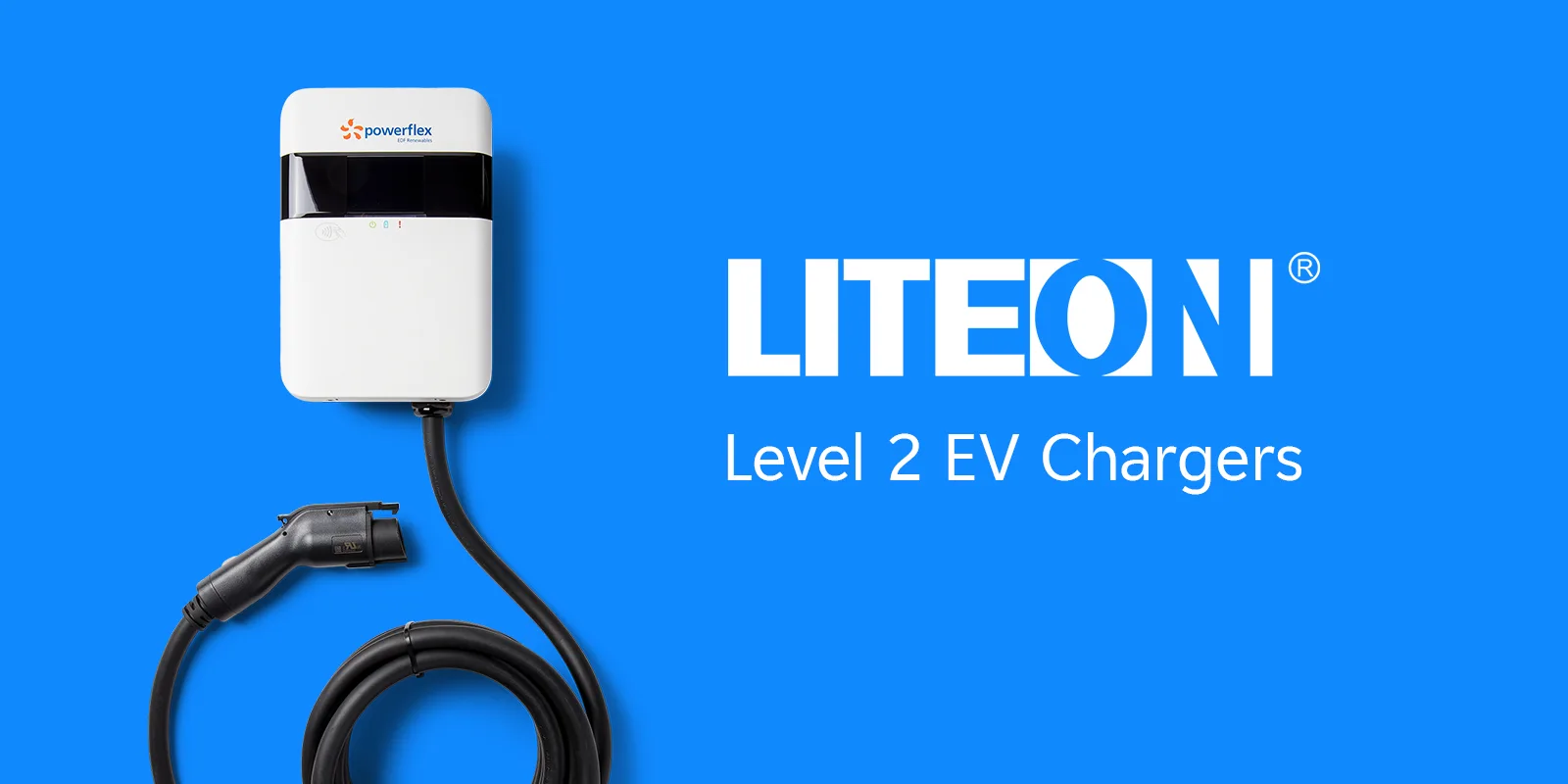3 Things to Consider When Tracking Your EV Charging Performance

Installing electric vehicle (EV) chargers at workplaces, multi-unit dwellings, and other facilities is essential as more EVs hit the roads. In addition to keeping up with the charging demands of tenants and visitors, providing onsite EV charging on a pay-per-kilowatt-hour basis can open up new revenue streams for businesses.
But one concern we commonly hear from potential clients is that tracking the performance of their EV charging system, as well as other clean-energy technologies they may be operating on site, is a daunting and confusing task. Here are the top three things any organization should consider to ensure their EV charging project is a success.
Transparency Is Key
Your investment broker doesn't hide your portfolio performance history. If they did, you'd quickly move your funds elsewhere. Why should your EV charging performance history be any different? It's your data — you’re entitled to it. That’s why it’s so important to work with an EV charging installer that can provide you with a clear window into how your system is operating; otherwise, you could be leaving lots of money on the table.
Consider a client we recently presented to: He confided that his team lacks the resources to closely track the performance of their energy investments. After hiring a consultant, he discovered they were missing $400,000 in owed revenue on a single clean energy project in their portfolio. As much as that is, the amount of money organizations could potentially lose out on in the coming years will only grow. By 2026, revenue from EV charging stations in the U.S. is expected to top 1.5 billion. Ensuring transparency in your reporting is the only way to make sure every cent of charging revenue is accounted for.
Reporting Should Be Easy
So, let’s say you have EV performance data at your fingertips. Great! Then executive leadership asks for a high-level summary to include in the organization’s annual ESG report. Now what?
Once a niche concern, ESG — or environmental, social, and governance — reporting is nearly universal among the nation’s top companies. In fact, 92% of S&P 500 companies issued sustainability reports in 2020. Data transparency is an important component to the reporting process, but if you can’t meaningfully communicate energy performance with stakeholders, you’re only halfway there.
Instead of spending all afternoon sifting through spreadsheets, consider the value of software that intelligently and automatically generates real-time reporting across your entire portfolio. With the right tools, you can efficiently track an array of EV data points, including energy dispensed, greenhouse gas emissions avoided, drivers served, charging session duration, and electric miles provided. Taking this approach to analyzing and reporting data will increase productivity while decreasing headaches.
Take All Assets Into Account
Many organizations view their onsite energy assets as separate investments — and with good reason. Traditionally, assets like solar arrays, battery energy storage systems, and EV charging stations have their own motivators fueling the investment decision, not to mention different ROIs and performance metrics following installation.
But this approach has significant drawbacks. Each technology requires a separate login portal, and these portals rarely communicate with one another. That means clean energy projects operating at the same property cannot optimize savings. If you’re not measuring performance across all your energy projects holistically, you're missing out on the big picture.


At PowerFlex, we give our customers the ability to easily view EV charging performance in context with their organization's full onsite energy portfolio and long-term financial and carbon-reduction goals. How? With Axcess, PowerFlex’s customer portal.
Using a single sign-in, our clients can see real-time and historical snapshots of how their onsite assets are performing from an operational as well as a financial perspective. We’ve designed the Axcess dashboard so that users can locate and retrieve specific data within 90 seconds of logging in — providing the data transparency and ease of reporting that’s so crucial to the success of EV charging and other types of onsite energy projects.
Axcess is just one component of PowerFlex X, our line of proprietary software and hardware that provides insights and intelligent control for all your Distributed Energy Resources. Contact us today for a free demo, as well as more information on our other product offerings, from solar and storage to smart EV charging and microgrid systems.
About the Author:
Alex Kaufman, PE CEM is a business development manager with PowerFlex. He lives in San Diego and enjoys hiking, bicycling, spending time with his son, and pondering the clean energy transition. You can reach him directly at alex.kaufman@powerflex.com.




